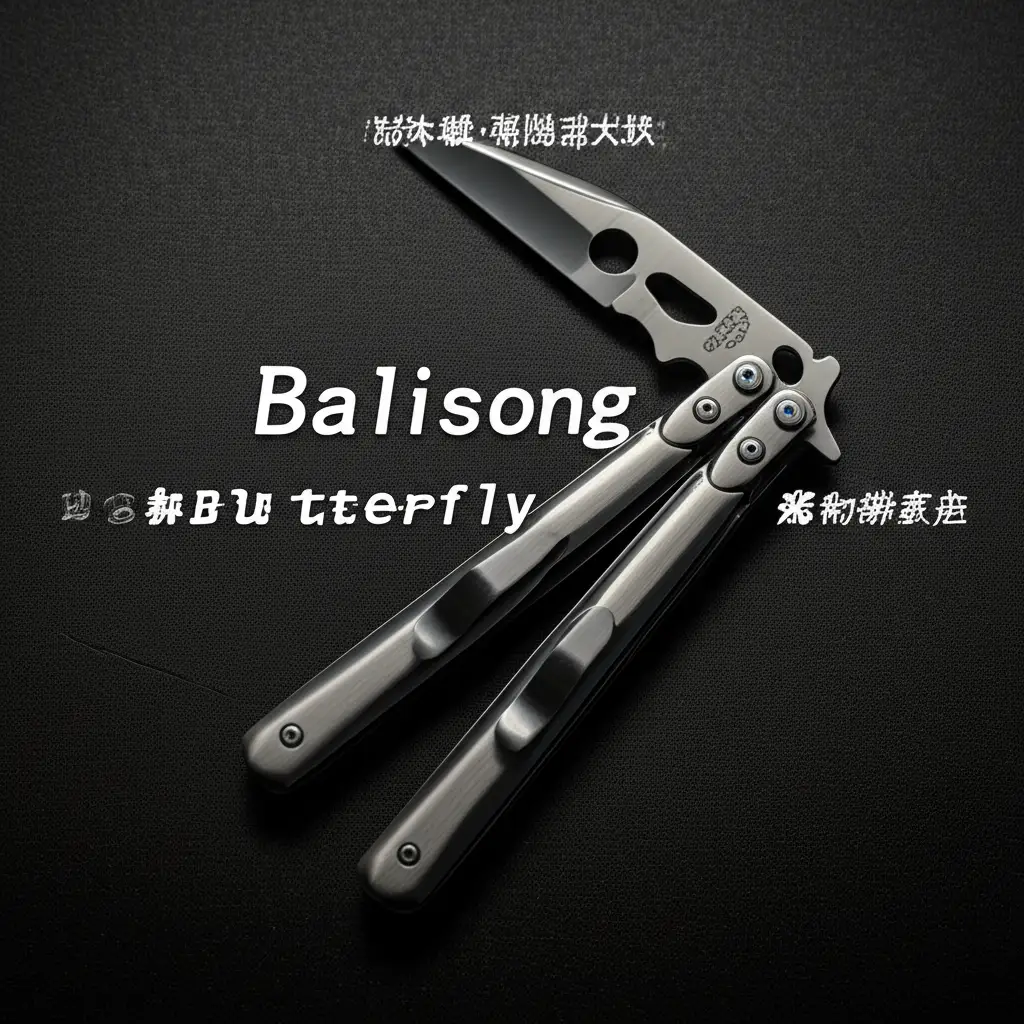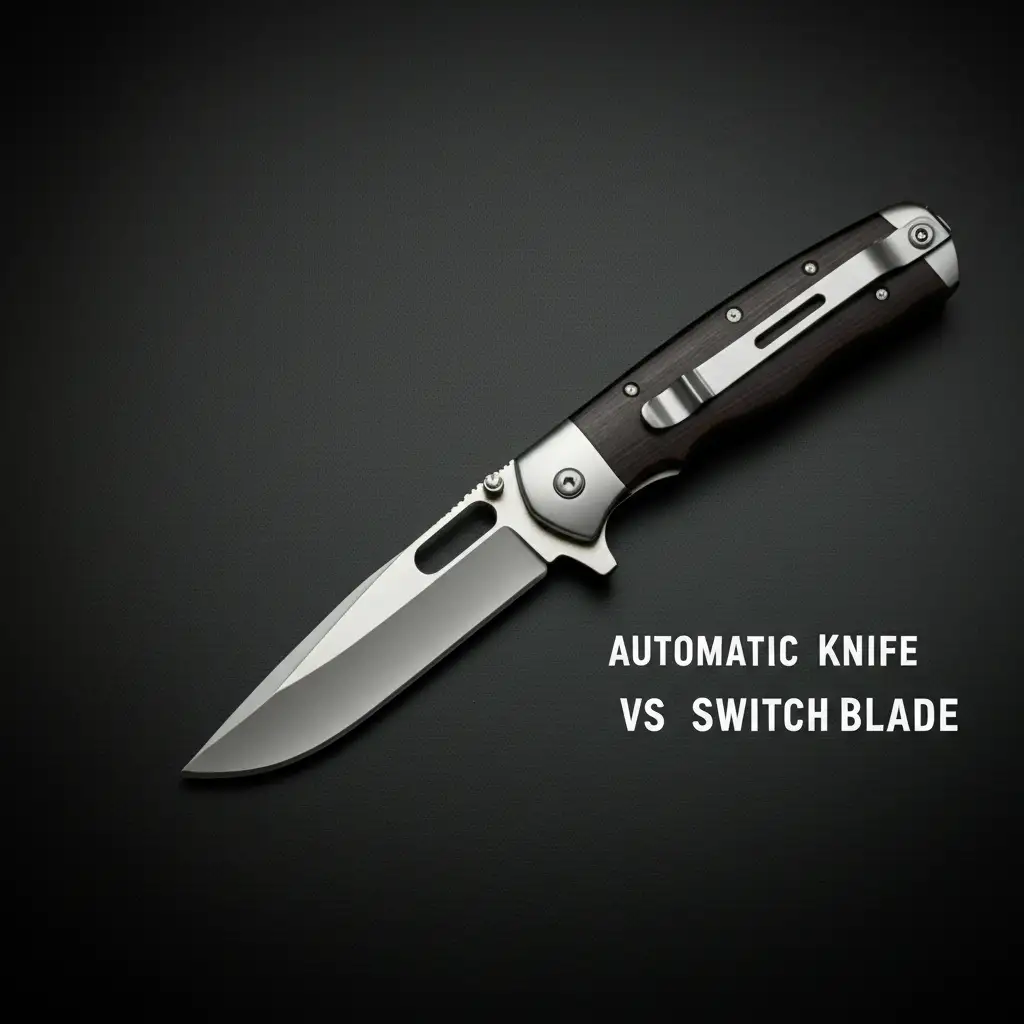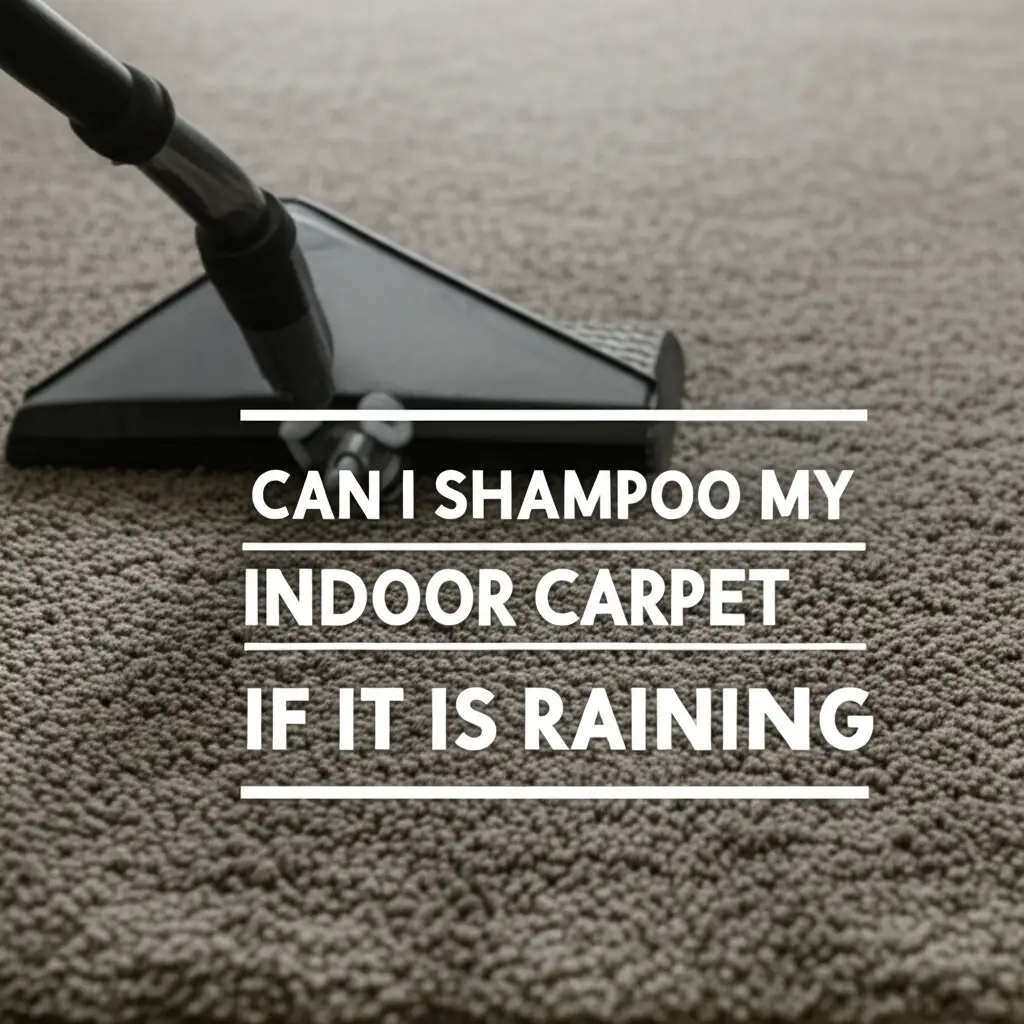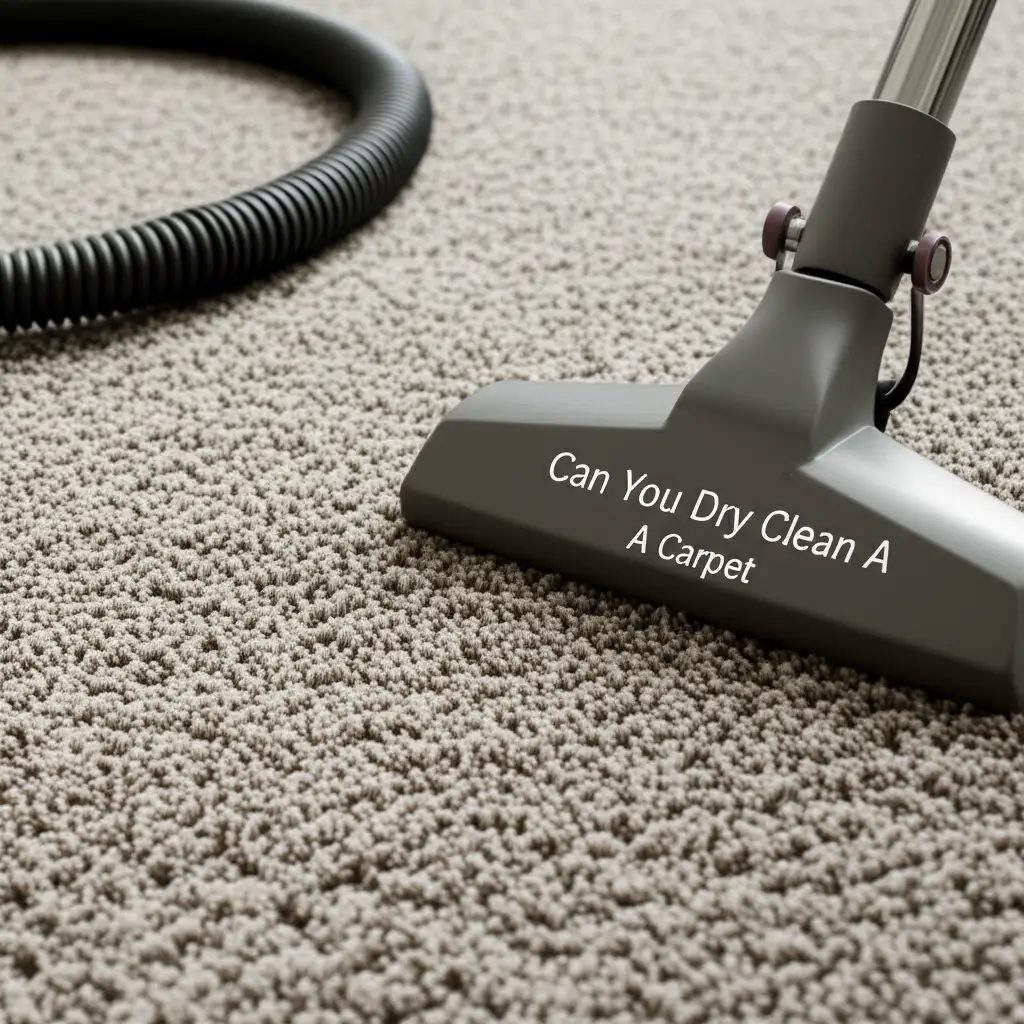· Elira Thomsen · Knives · 19 min read
Automatic Knife Vs Spring Assisted Vs Button Lock
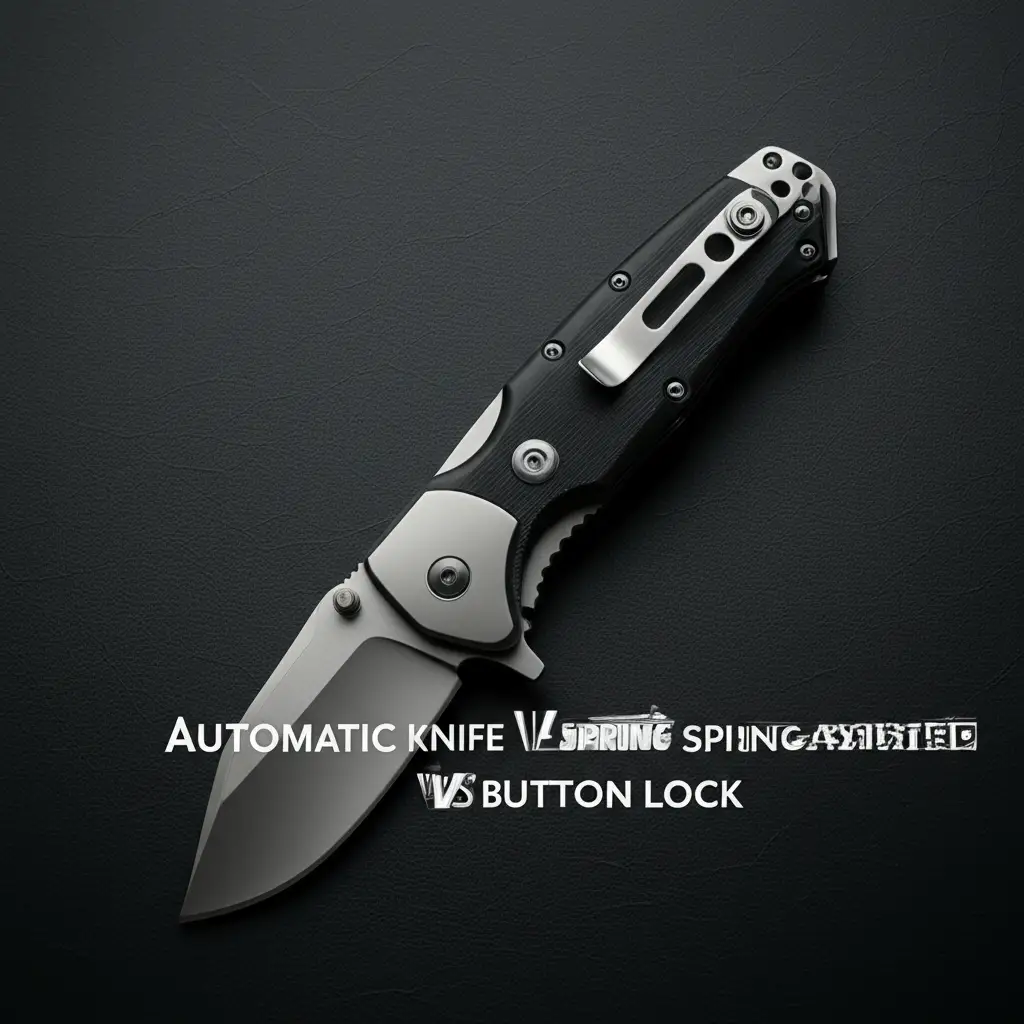
Automatic Knife Vs Spring Assisted Vs Button Lock
Choosing the right folding knife can feel like a big decision. You might see terms like “automatic knife,” “spring-assisted,” and “button lock,” and wonder what they mean. Each type of knife offers different features for deployment and security. Knowing these differences helps you pick the best tool for your needs. We will explain how each mechanism works. This article will help you understand their strengths, weaknesses, and legal aspects. We will cover everything from opening speed to blade safety.
Takeaway:
- Automatic Knives: Offer fastest, one-hand deployment, but legality varies greatly by location.
- Spring-Assisted Knives: Provide quick opening with a manual start, generally more legal than automatics.
- Button Lock Knives: Use a button for secure blade release and closing, known for smooth action and strong lockup.
- Consider Purpose: Match the knife type to your specific tasks and local laws.
- Safety First: Understand how each mechanism affects safe handling and carry.
Deciding between an automatic knife, spring-assisted, or button lock comes down to your priorities. Automatic knives offer instant, push-button deployment, ideal for quick, one-handed use. Spring-assisted knives provide a fast, assisted open after a manual push. Button lock knives offer a secure, simple locking mechanism for manual opening and closing. Your choice depends on legal restrictions, personal preference, and intended use.
Automatic Knives: Understanding the Mechanics
An automatic knife, often called a “switchblade,” deploys its blade automatically with the push of a button or a switch. This design allows for incredibly fast, one-handed opening. The blade springs out from the handle under its own power. This swift action makes automatic knives popular for specific tasks where rapid access is crucial.
How Automatic Knives Operate
Automatic knives work using a spring mechanism. When you press the button or move the switch, it releases a locked spring. This spring then propels the blade out of the handle. There are two main types: side-opening and out-the-front (OTF). Side-opening automatic knives have the blade pivot from the side of the handle. OTF knives send the blade straight out the front of the handle. Some OTF knives are “double action,” meaning the button both deploys and retracts the blade. Single-action OTF knives require manual retraction.
Benefits and Drawbacks
The main benefit of an automatic knife is its speed. You can open it instantly with one hand, which is useful in emergency situations or when your other hand is busy. This quick deployment provides a tactical advantage for some users. Automatic knives often have a strong lockup once deployed. This strength helps keep the blade secure during use.
However, automatic knives also have drawbacks. Their legality is a major concern. Many states and countries have strict laws regarding ownership and carry of automatic knives. This can make them illegal in many places. Another potential issue is accidental deployment. If the button is pressed unintentionally, the blade could deploy unexpectedly. This poses a safety risk if not handled carefully. Automatic knives also tend to be more complex. This complexity can make them more expensive to buy and potentially harder to maintain.
My experience with automatic knives has shown me their amazing speed. For tasks where I need a blade instantly, they are unmatched. However, I always check the local laws before carrying one. The convenience is high, but the legal considerations are even higher.
Spring-Assisted Knives: A Closer Look
Spring-assisted knives offer a quick opening experience similar to automatics, but with a key difference. They require a small manual push to start the blade’s movement. Once the blade moves past a certain point, an internal spring takes over. This spring then rapidly pushes the blade open to its fully locked position. This design provides speed without falling into the “automatic” category legally in most places.
The Spring-Assisted Mechanism
A spring-assisted knife has a torsion bar or spring inside its handle. To open the knife, you typically use a thumb stud, a flipper tab, or a hole in the blade. You apply a slight pressure to this opener. As the blade starts to pivot, the spring engages. The spring quickly finishes the opening action. This means the user manually initiates the opening, but the spring provides the final boost. Closing the knife usually involves disengaging a liner lock or frame lock.
Practical Advantages and Disadvantages
One major advantage of spring-assisted knives is their legality. They are generally legal in more places than automatic knives. This makes them a more accessible option for many knife enthusiasts. They still offer very fast, one-handed deployment. This speed is great for everyday carry (EDC) tasks where quick access is beneficial. I find them easy to use. The spring-assist helps people open a knife even with wet or cold hands.
Despite their advantages, spring-assisted knives have some downsides. The spring mechanism can add complexity compared to a purely manual folder. This complexity might lead to more potential points of failure over time. The spring can also weaken with repeated use. This means the blade might not open as forcefully after extensive use. For some, the initial manual push, however small, still makes them less “automatic” than a true switchblade. They are not as “instant” as an automatic. I have noticed that the spring tension can vary a lot between different models. A good spring-assisted knife feels smooth and powerful.
I personally find spring-assisted knives a great balance. They offer speed close to an automatic knife. Yet, they avoid most of the legal headaches. They are reliable workhorses for many daily tasks. I often recommend them as a versatile EDC option.
Button Lock Knives: Simplicity and Security
A button lock knife does not rely on a spring for opening. Instead, it uses a button on the handle primarily for releasing the blade. The user opens the blade manually, typically with a thumb stud or flipper. Once open, the button lock mechanism secures the blade firmly in place. To close the knife, you press the button. This action disengages the lock, allowing the blade to fold back into the handle.
How a Button Lock Works
The button lock mechanism is quite simple yet effective. Inside the handle, a small plunger or bar engages a notch in the blade’s tang. This engagement holds the blade open. When you press the button on the handle, it retracts the plunger. This retraction frees the blade. You can then close the blade. This design offers a strong and secure lockup. It also allows for smooth, one-handed closing. Some button locks can also be used to “flick” the blade open once the button is depressed, acting as a detent release. However, this is not a spring-assisted open.
Strengths and Limitations
The primary strength of a button lock knife is its secure lockup. The mechanism is very robust. It prevents accidental closure during use. This makes button locks very safe for tasks where blade security is important. They also offer smooth operation. Pressing the button to disengage the lock feels natural. This allows for easy one-handed closing. Button lock knives are generally considered fully manual knives. This means they face fewer legal restrictions compared to automatic or even some spring-assisted knives. They are often less prone to mechanical failure than spring-loaded systems. This is because they have fewer moving parts under constant tension.
One limitation of button lock knives is their deployment speed. They are manual opening knives. This means they are not as fast as automatic or spring-assisted options for deployment. You must physically push the blade out with your thumb or a flipper. Closing can be very quick and smooth. Opening, however, requires more deliberate action. Another potential minor issue could be debris getting into the button mechanism. This might affect its smooth operation over time. However, this is usually preventable with proper cleaning.
I appreciate button lock knives for their reliability and ease of closing. They are a great choice for an everyday carry knife. They offer excellent safety and a satisfying user experience. I find them very practical for a wide range of tasks.
Deployment Speed and Ease of Use Compared
When choosing a knife, how quickly and easily you can deploy the blade matters. This is a key difference between automatic, spring-assisted, and button lock knives. Each mechanism offers a unique user experience. Understanding these differences helps match the knife to your personal needs.
Rapid Access: Automatic vs. Spring-Assisted
Automatic knives win the speed race. With a simple push of a button, the blade deploys instantly. This instant deployment is ideal for situations demanding immediate blade access. Think about tasks where you only have one hand free. My experience confirms that nothing beats the speed of an automatic. There is no manual effort beyond the button press.
Spring-assisted knives come in a close second for speed. They require a small manual push to start the blade’s movement. Then, the spring takes over to snap the blade open quickly. This makes them much faster than a purely manual folder. They offer a good balance between speed and control. You initiate the action, so there’s less chance of accidental deployment than an automatic. I find them very practical for most daily tasks needing quick access. They feel fast but give me a sense of control.
Smooth Operation: Button Lock’s Role
Button lock knives are different. They do not use a spring for deployment. You open them manually using a thumb stud or flipper. This means their opening speed depends entirely on your manual action. While not as fast as the other two for opening, they excel in smooth operation and secure locking. The button’s primary role is to disengage the lock, allowing for smooth, one-handed closing.
The ease of use for button lock knives is high for closing. You press the button, and the blade swings freely. This makes closing very safe and simple. For deployment, they are still one-handed. They just require more deliberate finger action. For me, the button lock is about secure function and easy closing. It is less about lightning-fast opening. Each mechanism has its place depending on what you value most in a knife’s operation.
Safety Features and Reliability in Knives
Safety and reliability are critical aspects of any knife. A knife must deploy predictably and lock securely. Automatic, spring-assisted, and button lock knives each have unique characteristics. These characteristics affect their safety and long-term reliability. Understanding these differences helps you choose a knife you can trust.
Preventing Accidental Deployment
Accidental deployment is a major safety concern. Automatic knives, with their push-button action, carry a higher risk of this. Many automatic knives include a safety switch. This switch locks the button or switch in place. This helps prevent the blade from deploying unintentionally in your pocket. Always check for a good safety mechanism on an automatic knife.
Spring-assisted knives generally have a lower risk of accidental deployment. They require an initial manual push to begin opening. This manual push acts as a built-in safety. It prevents the blade from just popping open. A strong detent, which holds the blade closed, further reduces this risk. I find this extra step reassuring for everyday carry.
Button lock knives also have a very low risk of accidental opening. The button itself does not cause the blade to deploy. It only releases the lock once the blade is manually opened. For storage, the blade is held closed by a pivot screw’s tension. This design means you control the blade’s movement entirely. There is no spring tension waiting to release the blade.
Lock Strength and Blade Play
The strength of the lock is vital for safety during use. A strong lock prevents the blade from folding back on your fingers. Automatic knives typically use a robust lock, often a plunge lock. Once the blade is fully deployed, this lock holds it very securely. Blade play, which is wobble in the blade, is usually minimal in good automatic knives.
Spring-assisted knives often use liner locks or frame locks. These are proven, strong locking mechanisms. They hold the blade firmly in place once it is fully open. Quality spring-assisted knives should exhibit very little blade play. The spring only assists deployment; it does not affect the lock strength.
Button lock knives are known for their excellent lockup. The button lock mechanism is inherently strong. It directly engages the blade’s tang. This creates a very secure connection. This type of lock offers great stability. It gives me confidence that the blade will stay put during hard use. Many users prefer button locks for tasks requiring precision and force. Regardless of the mechanism, the quality of the blade material also affects overall durability. For more on this, consider learning about alloy steel vs stainless steel knife materials.
Legality and Ownership: Navigating Knife Laws
Knife laws are complex and vary greatly. What is legal in one state or country might be illegal in another. Understanding these laws is crucial before buying or carrying an automatic, spring-assisted, or button lock knife. Ignorance of the law is not an excuse.
Federal and State Regulations for Automatic Knives
Federal law, specifically the Switchblade Act of 1958, restricts the interstate commerce of switchblades. This means it is illegal to import, sell, or transport automatic knives across state lines for most people. However, this law primarily targets manufacturers and dealers. It does not directly regulate individual ownership or carry within a state.
State and local laws are what affect individual users most. Many states outright ban the ownership or carry of automatic knives. Some states allow them only for specific individuals, such as law enforcement or military personnel. Other states permit them with certain blade length restrictions. Still, other states have no specific ban on automatic knives. It is very important to research your specific state and city laws. I always check before traveling with any knife.
Spring-Assisted and Button Lock Legality
Spring-assisted knives generally have a more favorable legal status. Most jurisdictions consider them manual opening knives. This is because they require a user’s initial input to start the blade opening. They are not fully automatic. As a result, they are legal in many places where automatic knives are banned. There might still be restrictions on blade length or concealed carry. However, the mechanism itself is usually not the primary legal concern.
Button lock knives are almost universally considered manual opening knives. They do not have any spring assist for deployment. The button only releases the lock. Therefore, they fall under general folding knife laws. These laws usually focus on blade length, whether the knife is open or concealed, and where it is carried. Button lock knives are rarely singled out for special restrictions based on their opening mechanism. This makes them a safe bet legally in most areas. I find their wide legality very appealing for an everyday carry knife. Always be mindful of local laws, even with these more common types.
Durability, Maintenance, and Longevity
The durability and maintenance requirements of a knife are influenced by its opening and locking mechanism. A well-maintained knife lasts longer and performs better. Automatic, spring-assisted, and button lock knives each have specific considerations for their longevity.
Mechanical Wear and Tear
Automatic knives have more internal parts under spring tension. This constant tension and rapid deployment can lead to wear over time. Springs can weaken or break. Buttons and internal mechanisms can wear down. Proper lubrication and cleaning are vital for their longevity. If debris gets inside, it can hinder the spring action. This might lead to sluggish deployment or failure.
Spring-assisted knives also rely on an internal spring or torsion bar. Similar to automatics, these springs can lose tension or break with extensive use. The pivot point, where the blade rotates, is also a critical area for wear. Regular cleaning to remove lint and grit from the pivot and spring area helps maintain smooth operation. I make sure to keep the mechanism free of gunk. Otherwise, the spring assist can feel gritty.
Button lock knives are generally simpler mechanically. They do not have springs under constant tension for deployment. The primary wear points are the button plunger and the blade tang where they engage. These parts are typically robust. They can withstand many opening and closing cycles. The pivot screw is also important. If debris gets into the button track, it can cause stickiness. However, they tend to be quite durable in the long run. There are fewer complex parts to fail compared to spring-driven mechanisms.
Choosing Durable Blade Materials
Beyond the mechanism, the blade material itself dictates a knife’s overall durability and edge retention. No matter the opening style, a quality blade material ensures a longer lifespan. Steels like S30V, CPM-20CV, or even good old 154CM offer excellent edge retention and corrosion resistance. They are strong enough to handle various tasks.
Regular maintenance is key for all knife types. This includes keeping the blade clean and sharp. You should also lubricate the pivot and any moving parts. This is especially true for automatic and spring-assisted knives. For button locks, ensuring the button mechanism stays clean helps maintain smooth action. Understanding different blade materials helps in this regard. For insights into common blade materials, you might find it useful to read about alloy steel vs stainless steel knife. Choosing a knife with a good balance of mechanism and material will ensure it lasts for years.
Choosing Your Ideal Everyday Carry Knife
Selecting the perfect everyday carry (EDC) knife involves weighing many factors. You need to consider your specific needs, local laws, and personal preferences. Automatic, spring-assisted, and button lock knives each offer distinct advantages. Making an informed choice ensures you get a tool that performs well and stays safe.
Factors for Selection
First, think about the purpose of the knife. Will you use it for light tasks like opening packages? Or do you need it for harder work, like cutting rope or preparing food outdoors? For rapid deployment in emergencies, an automatic might appeal to some. For general utility with quick access, a spring-assisted knife is often excellent. For reliability and a strong lock in a manual folder, a button lock is a solid choice.
Next, consider legality. This is perhaps the most critical factor. As discussed, automatic knives face many restrictions. Spring-assisted knives are usually more permissible. Button lock knives are generally considered manual and widely legal. Always research your specific local laws before buying any knife. Carrying an illegal knife can lead to severe penalties.
Your personal preference for deployment style also matters. Do you prefer the instant “pop” of an automatic? Or do you like the assisted snap of a spring-assisted knife? Perhaps you prefer the deliberate, smooth action of a button lock. Try different types if possible to see what feels best in your hand.
Matching a Knife to Your Needs
If speed and one-handed operation are your absolute top priorities, and your local laws allow it, an automatic knife might be for you. They are unmatched in their quick deployment. They offer a significant advantage when one hand is occupied.
If you seek a balance of fast deployment, good safety, and broader legality, a spring-assisted knife is an excellent compromise. They provide much of the speed of an automatic. Yet, they avoid many of the legal pitfalls. They are a popular choice for general EDC tasks.
If unquestionable lock security, smooth closing, and widespread legality are your main concerns, a button lock knife is an outstanding option. They are reliable, durable, and offer a satisfying user experience. They are perfect for those who value robustness and legal peace of mind over lightning-fast opening. Consider your daily activities and how you plan to use the knife. This will guide you toward the best mechanism for your personal EDC.
FAQ Section
Q1: Are automatic knives illegal everywhere? A1: No, automatic knives are not illegal everywhere, but their legality varies significantly by state and local jurisdiction. Some states ban them outright, while others allow them with specific restrictions, or have no bans at all. Federal law restricts their interstate sale. Always check your specific local laws before buying or carrying one.
Q2: What is the main difference between spring-assisted and automatic knives? A2: The main difference lies in the deployment initiation. Automatic knives deploy fully with a single press of a button or switch, using only internal spring power. Spring-assisted knives require an initial manual push (e.g., via a thumb stud or flipper) to start the blade, after which a spring assists the rest of the opening.
Q3: Are button lock knives safe? A3: Yes, button lock knives are considered very safe. Their locking mechanism provides a strong and secure lockup, preventing accidental blade closure during use. The button’s primary function is to release the lock for closing, not to deploy the blade automatically, minimizing accidental opening risks.
Q4: Which knife type is best for everyday carry (EDC)? A4: The best EDC knife type depends on your needs, local laws, and personal preference. Spring-assisted knives offer quick deployment and good legality for general use. Button lock knives provide excellent security and broad legality. Automatic knives are fastest but have significant legal restrictions.
Q5: Can I open a button lock knife with one hand? A5: Yes, you can typically open a button lock knife with one hand using a thumb stud, flipper, or hole in the blade. The button itself does not open the knife but is used to disengage the lock for closing, which can also be done one-handed.
Q6: Do spring-assisted knives require more maintenance? A6: Spring-assisted knives may require slightly more maintenance than purely manual button lock knives due to their internal spring mechanism. Keeping the pivot and spring area clean and lubricated helps ensure smooth, reliable operation and prevents debris from hindering the assist function over time.
Conclusion
Choosing between an automatic knife, spring-assisted, and button lock knife involves understanding distinct mechanisms. Each offers unique benefits for deployment, safety, and everyday use. Automatic knives provide unmatched speed but face strict legal hurdles. Spring-assisted knives offer quick, reliable opening with wider legal acceptance. Button lock knives prioritize secure lockup and smooth manual operation. They are generally the most legally straightforward.
Your decision should align with your specific needs, the tasks you perform, and, most importantly, the laws where you live. Always prioritize safety and legality. Consider how often you need quick access to your blade. Think about the level of security you desire. This guide provides the knowledge to help you pick your ideal knife. Explore different options and handle them if possible. You can then find the perfect knife that serves you well and safely.


